Carb Vs. TBI
How They Map Circuit-to-Circuit
Idle
- Carb: Idle circuit uses vacuum to pull fuel; mixture screws set AFR.
- Killshot TBI: Idle Air Control (IAC) sets airflow. ECU adjusts injector pulse width to hit the target AFR.
Transition (off-idle)
- Carb: Transfer slots bridge the gap from idle to main.
- Killshot TBI: ECU watches TPS and MAP to add the right fuel as the blade opens for a smooth handoff from idle to cruise.
Main (cruise and light throttle)
- Carb: Venturi signal draws fuel through main jets; happiest at steady conditions.
- Killshot TBI: ECU calculates pulse width from MAP load, RPM, and O₂ sensor feedback to maintain the target AFR.
Power / WOT
- Carb: Power valve or metering rods provide extra fuel when vacuum drops.
- Killshot TBI: ECU adds commanded enrichment under heavy load or WOT. At WOT the system runs open-loop and follows the fuel table and WOT settings.
Acceleration Enrichment (throttle stab)
- Carb: Accelerator pump gives a quick shot to prevent stumble.
- Killshot TBI: ECU detects fast TPS change and increases fuel instantly using accel-enrichment tables.
Secondaries / High Airflow
- Carb: Secondaries open by vacuum signal or a mechanical link to add top-end air and fuel.
- Killshot TBI: Four-bore throttle body with injectors handles the airflow; some units use slightly progressive linkage, but there are no separate secondary circuits to tune.
What the People Will Notice
Starting and Warm-Up
- Carburetor: Choke setup matters. A rich or lean choke causes rough starts or loading up.
- Killshot TBI: IAC and temperature inputs help the ECU stabilize idle and warm-up AFR automatically.
Driveability
- Carburetor: Crisp when dialed in; may hesitate if pump shot or transfer slot exposure is off.
- Killshot TBI: ECU blends enrichment for smooth tip-in and steady idle control. Good for mixed weather and altitude.
Power
- Carburetor: Strong when main and power circuits are matched to the engine.
- Killshot TBI: Commands repeatable WOT enrichment. The result is consistent pulls once the tables are set.
Fuel Economy
- Carburetor: Best in steady, known conditions after jetting.
- Killshot TBI: Closed-loop cruise trimming helps maintain target AFR across conditions.
Maintenance and Tuning
- Carburetor: Changes require parts and time. Great for hands-on tuners.
- Killshot TBI: Changes are software-based. Targets and tables can be adjusted without opening the unit.
Customer Q&A
Do I still have a “secondaries hit” with TBI?
You will feel strong top-end airflow, but there are no separate secondaries to come online. The ECU simply commands more fuel as airflow increases.
Will EFI hide a bad mechanical issue?
No. EFI improves fueling control but cannot fix low compression, weak spark, vacuum leaks, or incorrect ignition timing.
What happens at wide-open throttle?
The ECU follows the WOT enrichment values. It does not use O₂ feedback at WOT. This gives stable, repeatable fueling for pulls.
For Installers: What to Adjust vs. What to Measure
Carburetor
- Adjust: Idle screws, pump cams/nozzles, jets, secondary opening rate.
- Measure: Vacuum, AFR, plug color, and track times.
Killshot TBI
- Adjust: AFR targets, accel enrichment sensitivity, WOT enrichment.
- Measure: MAP, TPS, AFR logs, and repeatability pull to pull.
Takeaway
Both systems can run and make power. A carb works by vacuum and calibrated parts. Killshot TBI works by sensors and ECU commands. Customers who want easy adaptation to weather, elevation, and trip-to-trip consistency usually prefer the TBI path. Customers who enjoy mechanical tuning may prefer a carb. Either can perform well when set up correctly.
Version: 2.0 — Date: 2025-10-23
Want to download this article as a PDF? Click here to download.
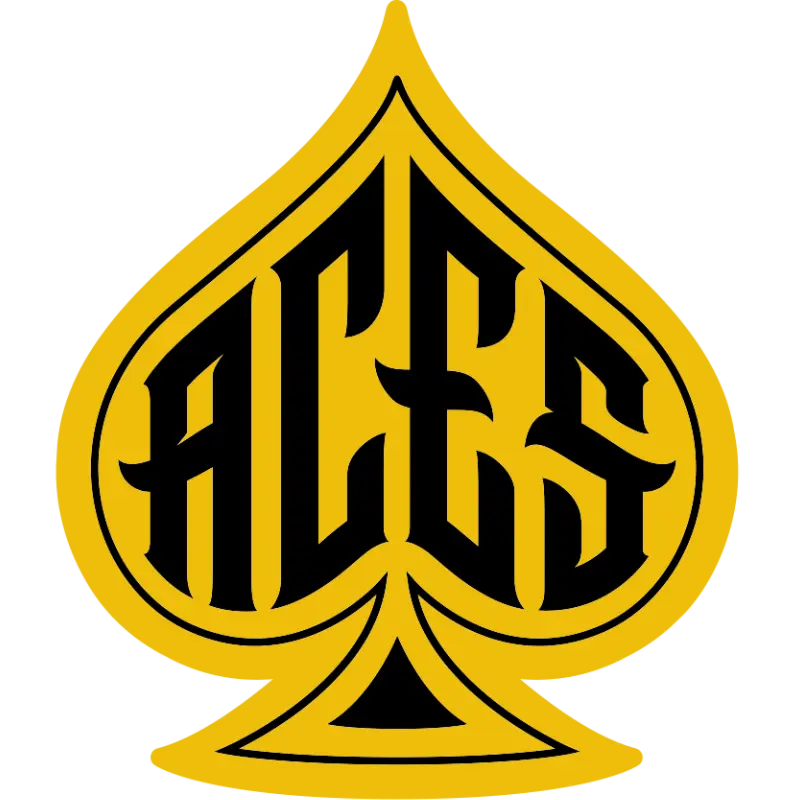
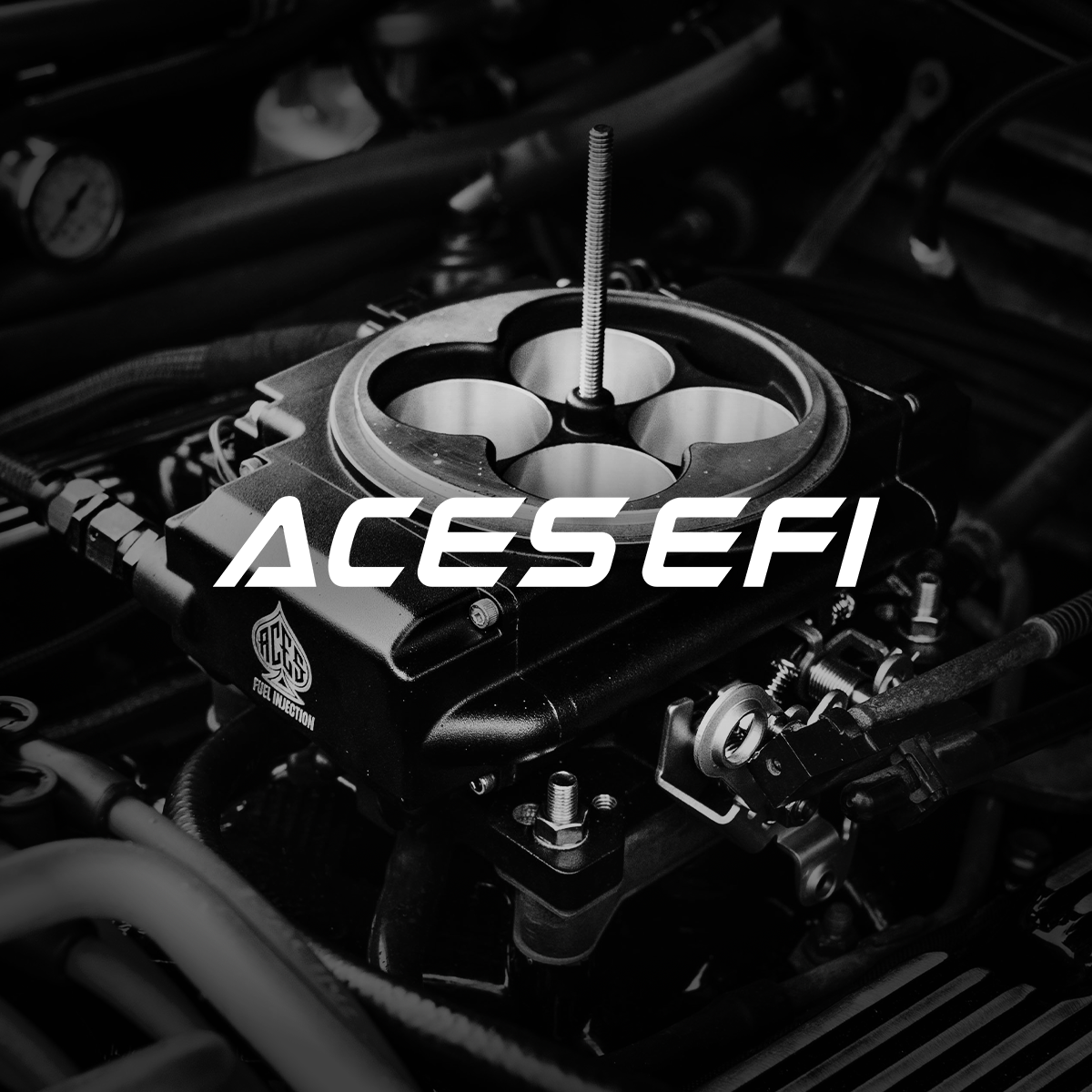
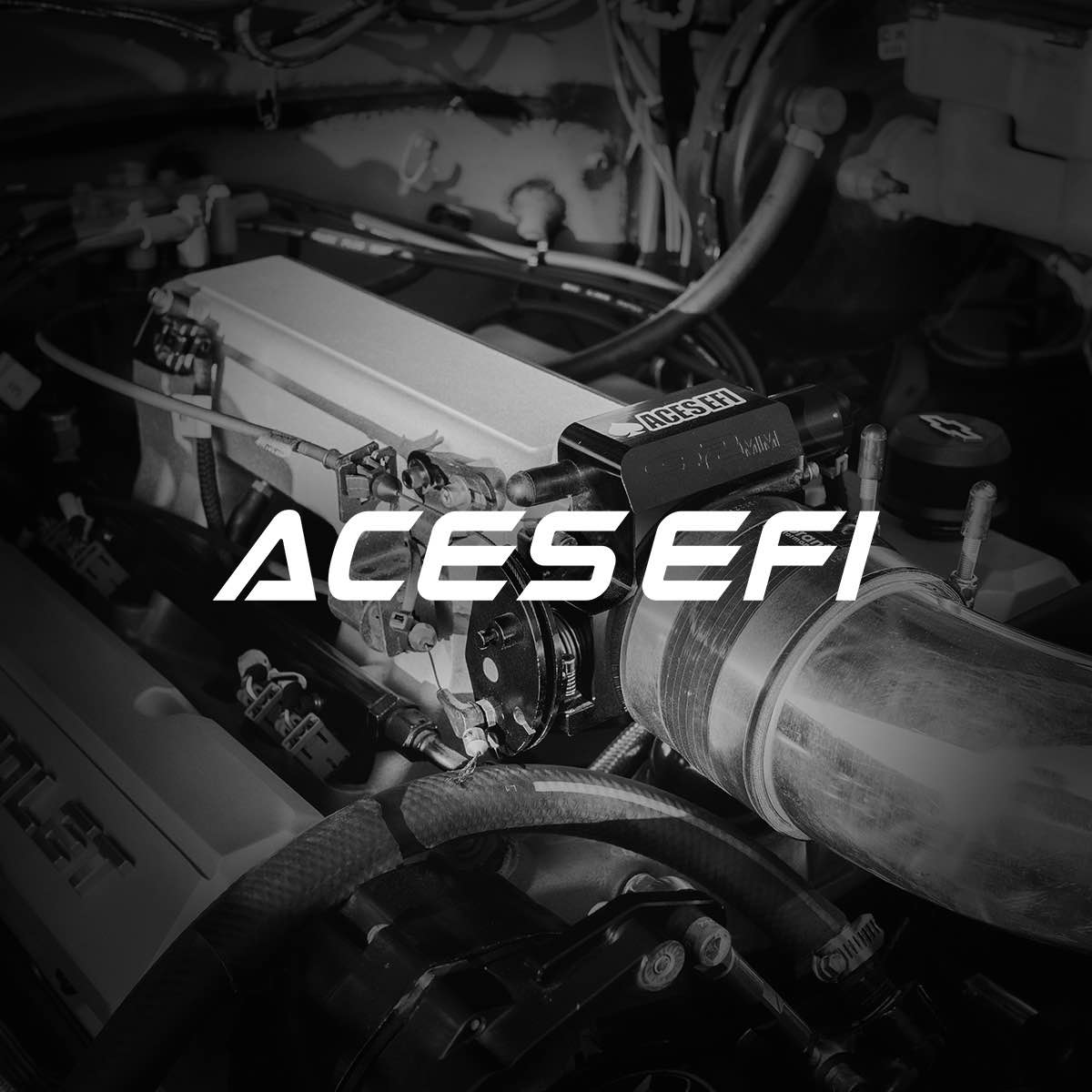
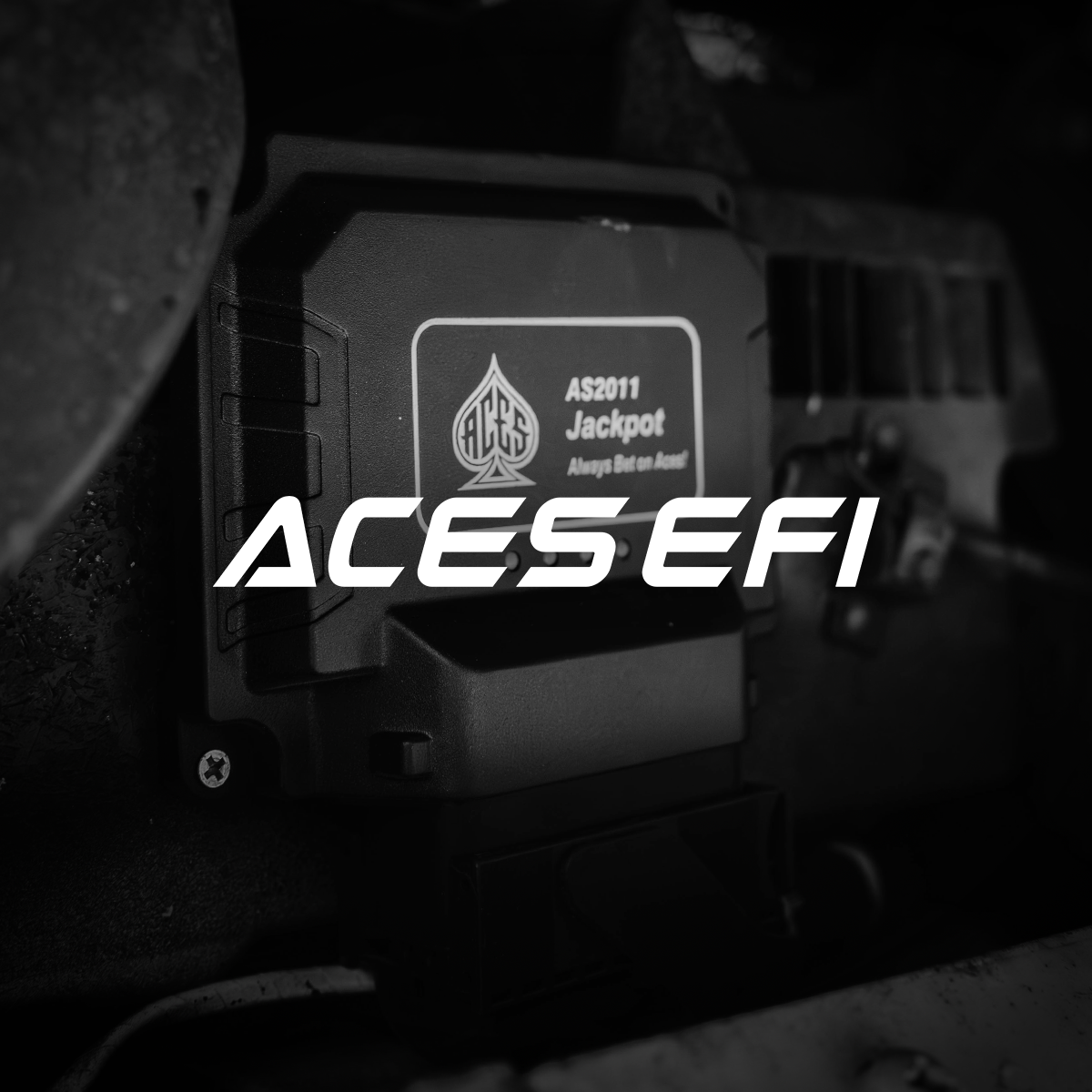
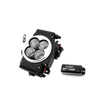
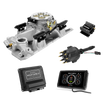
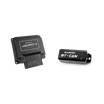
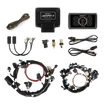

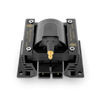
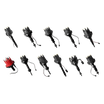

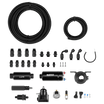
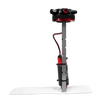
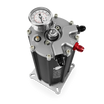
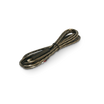
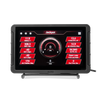
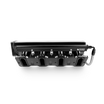
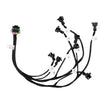
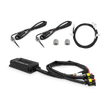
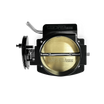
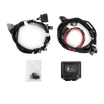
Leave a comment
This site is protected by hCaptcha and the hCaptcha Privacy Policy and Terms of Service apply.